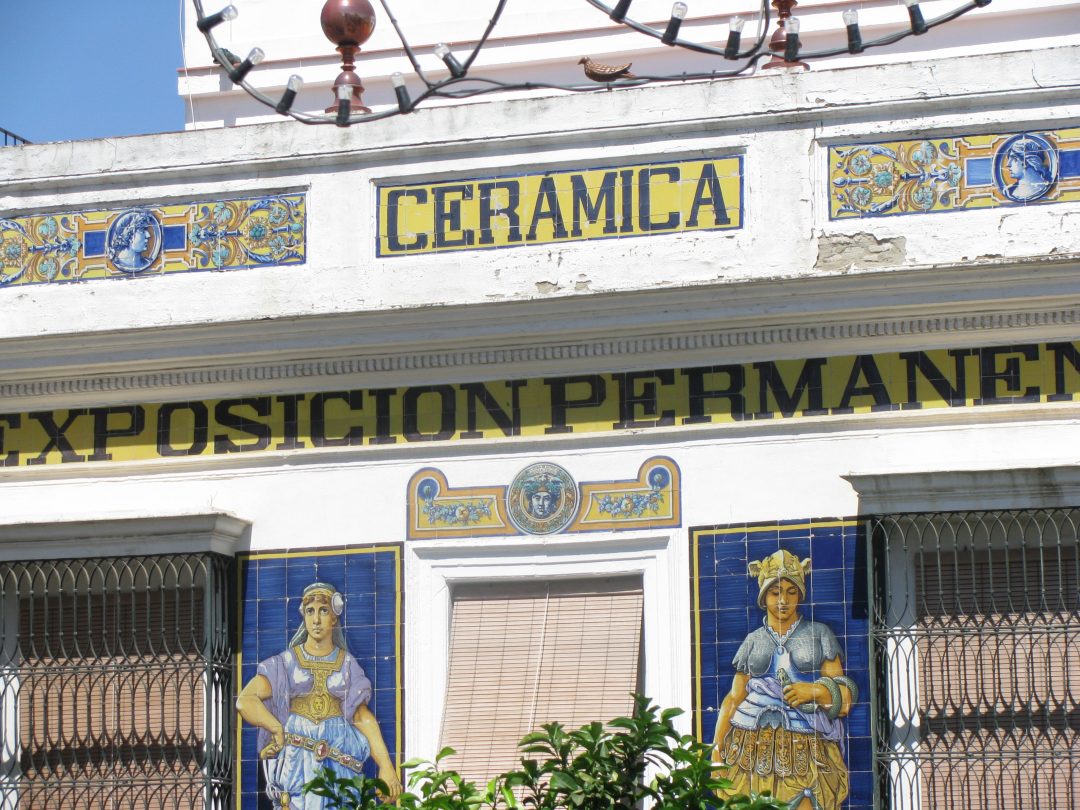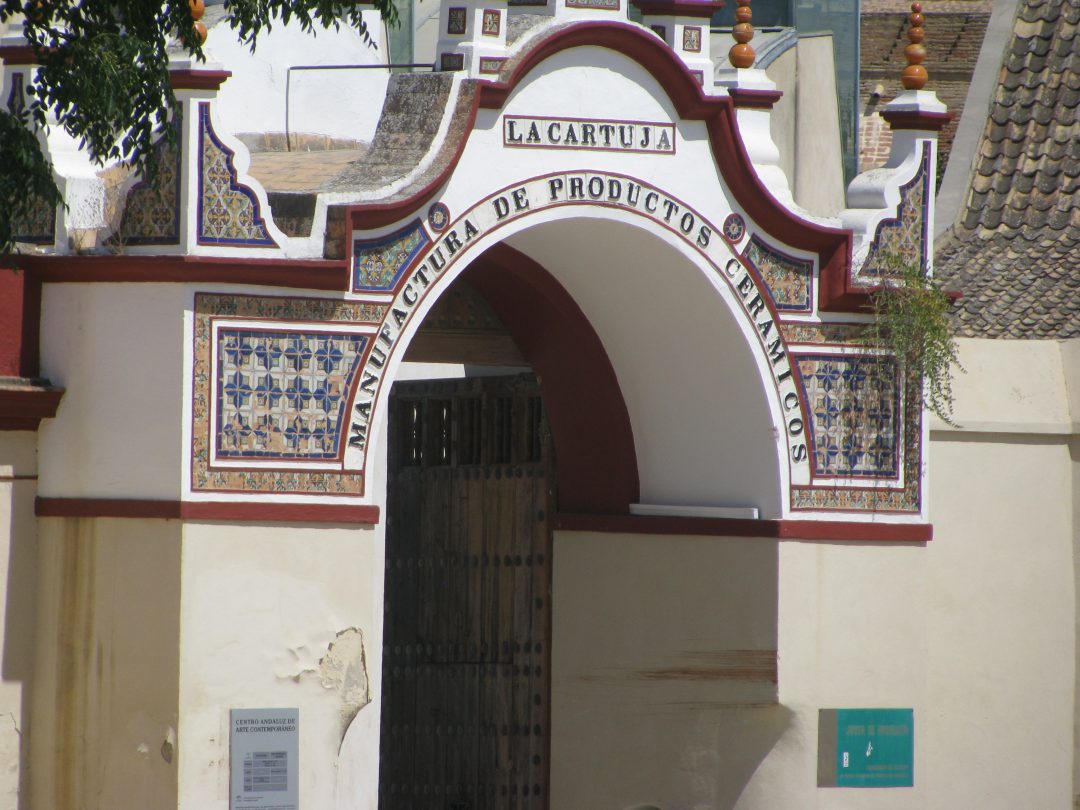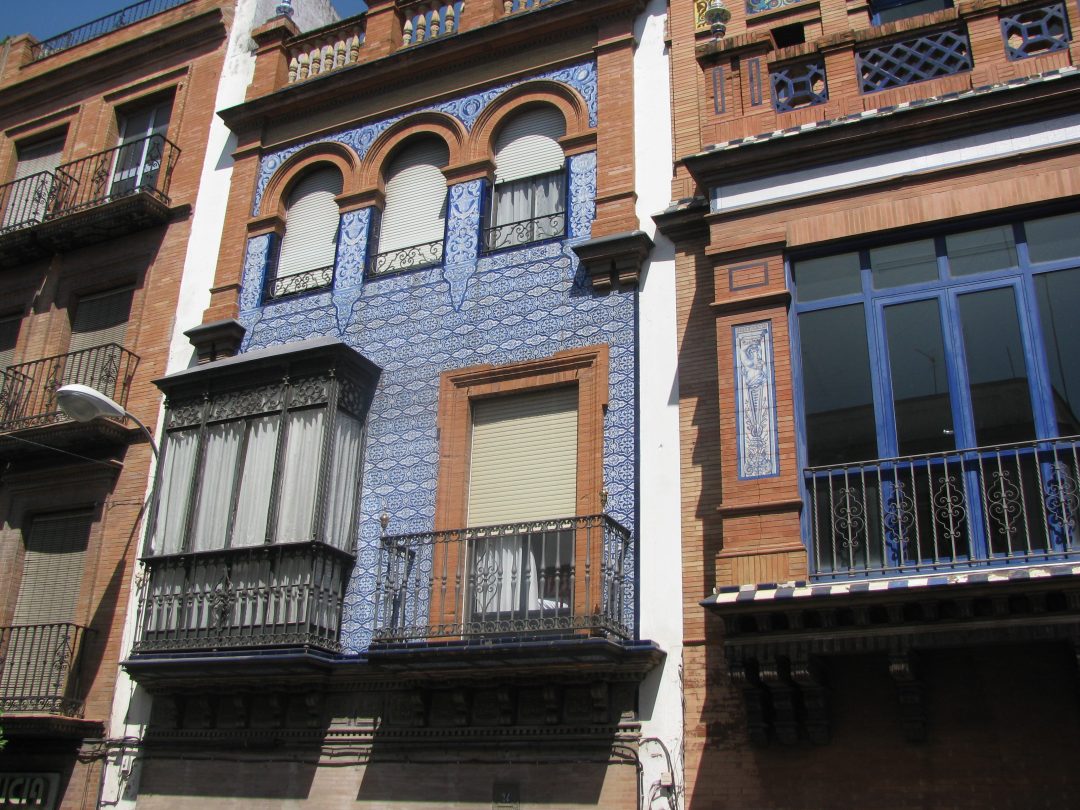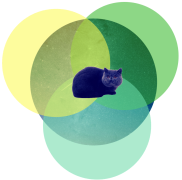Back in 2010 during a particularly sweltering summer, I visited Andalucia and soaked in the beautiful architecture in Sevilla. The best way to see all of the charming neighbourhoods and historic monuments was going the tourist routes with an open-top bus. This also afforded me excellent views onto all of the terrace houses with their glass-walled balconies. I just loved the look of these terraces, like something out of a high end design and home decor magazine.

A beautiful Moorish style pavillion in a park in Sevilla. Copyright Content Catnip 2010
Everything about Sevilla filled me with awe and I wanted more and more. There’s tapas bars and buzzing cocktail bars that are open late along the banks of the Guadalquivir river where people hang out, listen to loud techno and flirt. Day time and night time Sevilla were equally as magnetic but in different ways,

Originally founded in the 8th Century AD on the banks of the Guadalquivir river, Sevilla was a Moorish city for over 800 years.
The city was important for trade during the discovery of America by Christopher Columbus who left from there in 1492. The city during this period of the Spanish Renaissance was the thriving cultural, artistic and economic heart of Spain. During the period of the rule of the Castilians, lots of beautiiful buildings were constructed including the Mudéjar (a blend of Moorish/Arabian and Gothic influences) along with the Seville Cathedral and the Real Alcázar (Alcázar Palace).


Triana is the neighbourhood where I took these photos. It’s located towards the west bank of Sevilla and was in the early Roman period, historically separated from the main city of Sevilla. Geographically it’s almost an island in the twisting banks of the Guadalquivir River.
This area of Sevilla is know for its vibrant religious festivals, flamenco culture and for the manufacturing of beautiful and vibrantly coloured tiles. See the tile shop below:
 Ceramica Santa Ana tile shop in Triana, Sevilla. Copyright Content Catnip 2010
Ceramica Santa Ana tile shop in Triana, Sevilla. Copyright Content Catnip 2010

I especially love this one, there is something almost Victorian and old-worldy about it, imagine opening up the doors on the balcony each day! Copyright Content Catnip 2010
Triana was originally a Roman colony and legend has it that the name derives from the Roman emperor Trajan who was born nearby in Italica. Although another theory about the name is that Triana etymologically derives from the Latin Tri and the Celtiberian ana, meaning “river”, since the Guadalquivir river split into three branches nearby.
Another theory posits that Triana relates to the Latin expression Trans Amnem meaning beyond the river.
I loved my time in Sevilla and seeing all of the beautiful architecture, the style of design here is really ornate and it’s no wonder this place is such a magnet for creative people and history buffs.




Whilst I haven’t been to its neighbour, I have been to Italy and shared it’s magnificence. Spain, Sevilla in particular is one for my bucket list – especially after reading this. To be honest, I just want to go somewhere that is sunny throughout the week, and KNOWS it’ll be sunny, too! hahah
LikeLiked by 1 person
Hehehe! I know what you mean with the UK it can be grey all the time. Definitely recommend Sevilla it has nice architecture and yummy food and the important thing – the sun 🌞 hope you can get over there soon 🤗👍
LikeLiked by 1 person